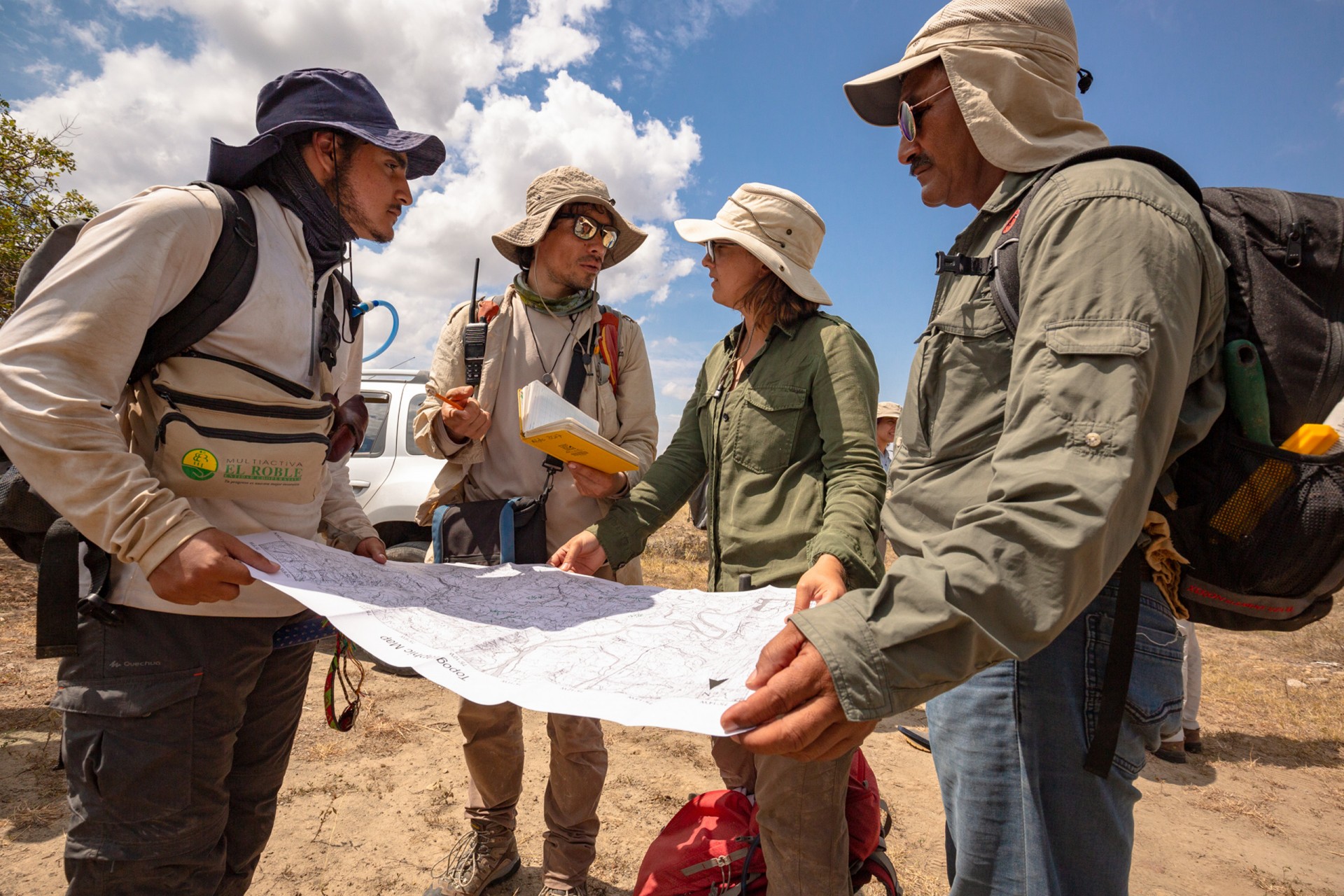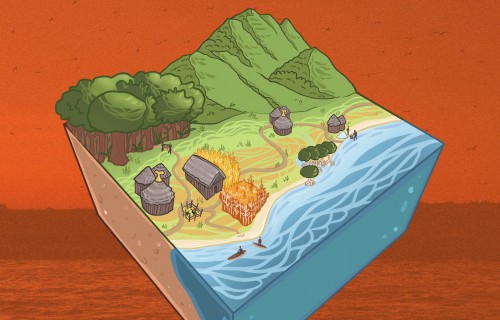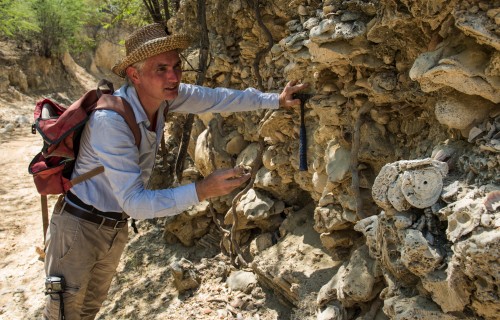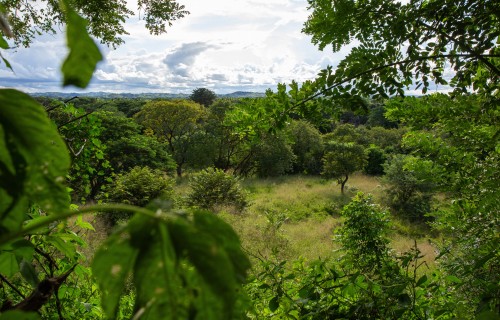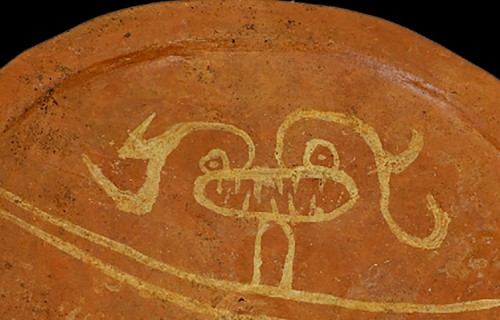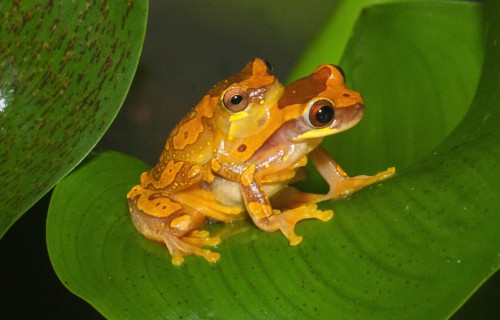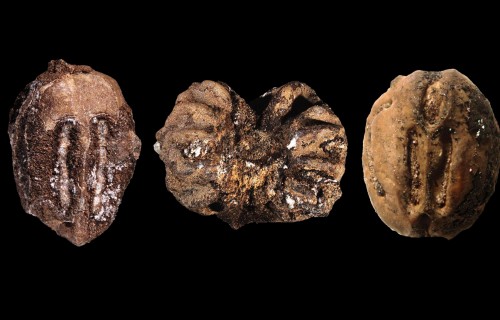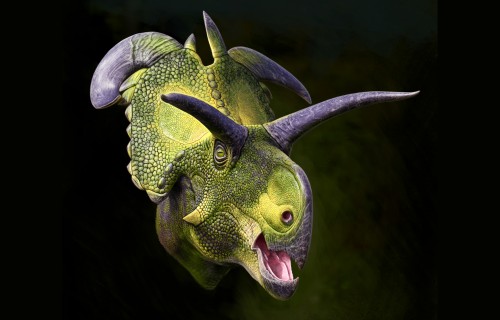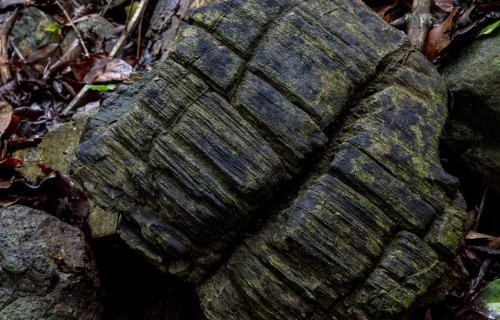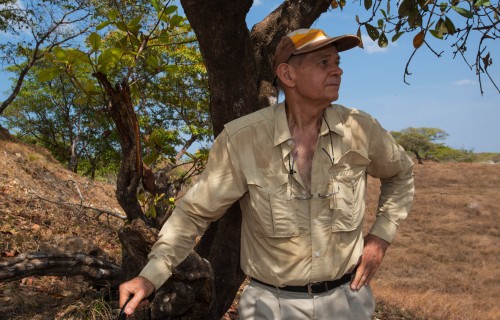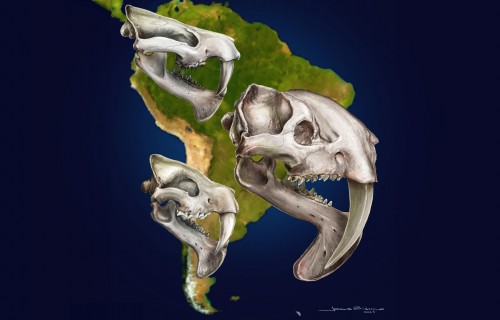Leaf
detective
Searching for clues
among fossilized leaves
Text by Leila Nilipour
Analyzing the fossil vegetation from millions of years ago, Mónica Carvalho seeks to understand the environmental conditions that led to the evolution of Neotropical forests as we know them today.
Mónica Carvalho takes a rock in between her hands and uncovers a petrified flower. Finding flowers in the fossil record is quite rare. They come apart as they fall, losing their petals. And if they reach the ground intact, they can be eaten by an animal.
“Finding this was absolutely incredible,” admits the Colombian paleobotanist, a Tupper postdoctoral fellow at the Smithsonian Tropical Research Institute (STRI).
Working at the Smithsonian sporadically since she was an undergraduate student, Mónica spent years deciphering the story that fossil leaves have to tell about tropical forests millions of years ago. In one of her explorations with STRI paleontologist Carlos Jaramillo’s team, they discovered evidence of a 60-million-year-old neotropical forest.
“This forest shared many climatic characteristics and the same plant families as today’s rainforests,” explains Mónica, from her laboratory at the Center for Tropical Paleoecology and Archaeology (CTPA) at STRI. “The big difference is that it was less diverse.”
But 56 million years ago, the climate on Earth would significantly change. The temperature would reach up to 45 degrees Celsius (or 113 degrees Fahrenheit) in the tropics, and carbon dioxide levels in the atmosphere would increase. What impact did this global warming event have on the South American tropical forest from 60 million years ago and how could it compare to the climate change we are experiencing today?
Mónica hopes to respond to these questions with evidence recovered from the Eastern Cordillera of Colombia, where fossils from before and after the global warming phenomenon were found. One of her clues are fossilized leaves, which serve as the forest's fingerprints. Analyzing them in detail she can decipher which groups of plants they belonged to, reconstructing the diversity that existed in the past. The fossil leaves also show traces of insect bites, an indirect way of determining their diversity millions of years ago.
Yet the smallest and most powerful trace of all is fossil pollen, which offers a continuous record of how vegetation changes over time. By scrutinizing it, her advisor, Carlos Jaramillo found evidence that tropical forests did not collapse with the global warming event from 56 million years ago; on the contrary, their diversity increased. How did these forests survive?
“Although we know that the tropical forests from 56 million years ago resisted, the warming we are experiencing today is occurring at a much faster rate. And if it is much faster than what the species need to adapt, it’s likely that at some point extinction will be imminent,” admits the paleobotanist.
She then takes a rock that displays the fossil of a large leaf from after the global warming event, showing a possible adaptation of the plants to the rise in temperatures: an increase in plant transpiration to compensate for the extreme heat. By releasing more water, the temperature of the leaves decreases in relation to its environment. Nonetheless, when plants grow under elevated carbon dioxide they usually transpire less.
This brings up a conundrum on how did plants survive under both extreme heat and high CO2 conditions. Large leaf sizes indicate that it rained more in tropical forests during this warmer period. On the other hand, a greater amount of insect damage was observed, suggesting an increase in their number and diversity.
“Studying the response to global warming in these ancient forests may help us understand what the response of current forests to warming might be, specifically in relation to water use. If the plants change how they regulate the temperature of the leaves and start using a lot more water, there will be direct consequences on the water cycle,” she explains.
If 56 million years ago sounds ancient, Monica retrieves tiny fossil samples that are not easy to decipher for the inexperienced eye. They were found in Colombia and are leaf fragments from tropical forests that existed approximately 100 million years ago. For the tropics, it is a unique record that will allow us to understand what type of plants lived in northern South America during the same period that dinosaurs existed.
But among the collection of fossils, there is one that Monica particularly treasures, perhaps because of the surprising nature of the encounter. It is a piece of amber or fossilized plant resin, an unexpected find in an area with rocks from 100-70 million years ago, but where neither plant fossils nor amber have ever been found.
When her fellowship concludes, Monica would like to continue studying the evolution of the tropical forest through fossils, to help shape a more continuous idea of how they have changed from 100 million years ago to today.
“Many questions remain to be answered,” she says, returning to the topic of flowers. “For example, what did forests look like when flowering plants started to become dominant?”


